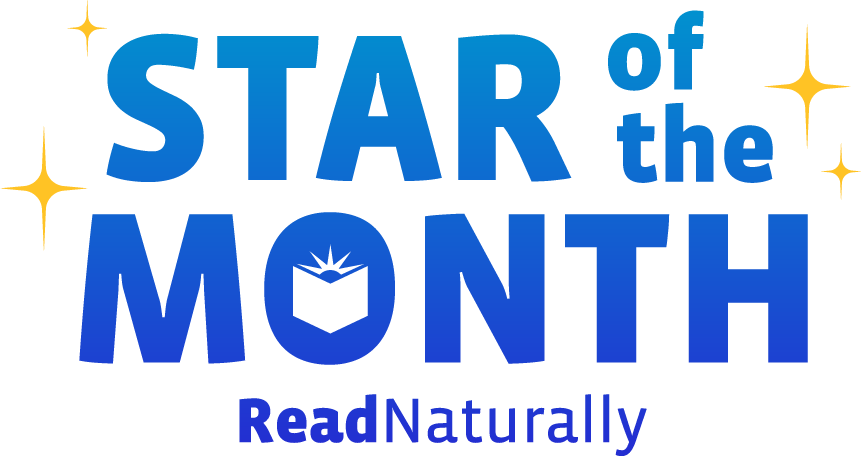Congratulations to Mikiah, our first Star of the Month for the 2024-25 school year! Mikiah attends Manton Middle School in Manton, MI, where he made fantastic progress in Read Live as a sixth-grader last year. Here is what his teacher, Ms. Bottrall, wrote about him:
Read more Read Live is highly customizable to meet each student’s individual needs. Our phonics offerings within this program are no exception. Read Live makes it easy for students who need phonics support to either progress sequentially through systematic phonics instruction, or to focus specifically on the phonics pattern(s) they need to master.
Read more In the past year, we’ve made significant enhancements to Read Live in order to accelerate student progress and maximize teacher efficiency. As you prepare for the upcoming school year, familiarize yourself with all of these updates, which include student-independent placement, data mentor, a host of changes to make the onboarding process more efficient, and much more!
Read more We love hearing from our teacher community and learning about your experiences with Read Naturally. If you'd like to share your story, we invite you to submit a blog post. Every story is valuable to us, and blogs that meet our content and quality guidelines will be eligible for a special reward.
Read more Who needs phonics support? Allow our QPS diagnostic phonics assessment to answer this question for you quickly and effectively. Did you know the latest edition of this popular tool allows you to assess an entire group of students at once and then use this data to determine which students need a more in-depth, individual phonics assessment? Both the group assessment and the individual assessment are now included in QPS, making it easier than ever for you to identify which students need phonics support and which skills an intervention should target.
Read more I think most parents and teachers would agree that bribery isn’t always a bad thing. Nobody wants to resort to it, of course, but having an emergency pack of Lifesavers to dole out to the kids when the going gets tough is sometimes, well, life saving. The problem with bribery is that it can work well in the short term, but it’s often not the best path to long-term growth.
Read more One consequence of the pandemic is a measurable decline in reading proficiency across the nation, and many educators are opting to use their ESSER funds to correct this. Remaining ESSER funds, intended to mitigate learning loss due to the pandemic, must be allocated by September 30, 2024. Read Naturally programs are an ideal way to spend this use-it-or-lose-it funding to improve reading outcomes and overall academic success.
Read more At Read Naturally, we continuously strive to improve the user experience for teachers, ensuring our tools are as efficient and easy to use as possible. We understand that teachers' time and expertise are invaluable, and we want to ensure they can maximize their efforts in working directly with their students. In line with this goal, we are excited to announce the release of several significant enhancements to the Read Live program that aim to streamline onboarding and maximize student activity time.
Read more With a name like Read Naturally, it might seem obvious that we care about reading and books. This passion extends to supporting students all over the world, including students in Africa, where 40% of school-age children do not attend school. Read Naturally recently shipped a truckload of books to Books for Africa, an organization near the Read Naturally home office in St. Paul, MN.
Read more The end of the school year is a time for reflection and celebration. And that's why it's time for our annual State of the Blog address! Each year, we highlight the Top 10 RN Bookmark posts from August through May to help you catch up on any gems you might have missed and to compile a collection of the most valuable content, as chosen by our readers. We so appreciate your engagement with our blog and your dedication to supporting struggling and developing readers.
Read more  Share your student’s success story—nominate him or her for our Star of the Month award. Win a Barnes & Noble gift card for the student and a Read Naturally gift certificate for your class!
Share your student’s success story—nominate him or her for our Star of the Month award. Win a Barnes & Noble gift card for the student and a Read Naturally gift certificate for your class!